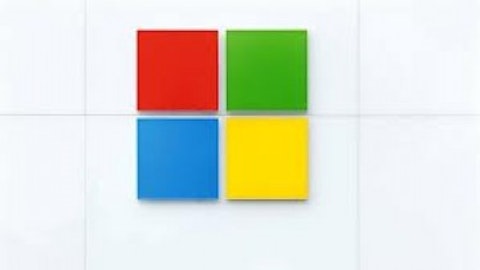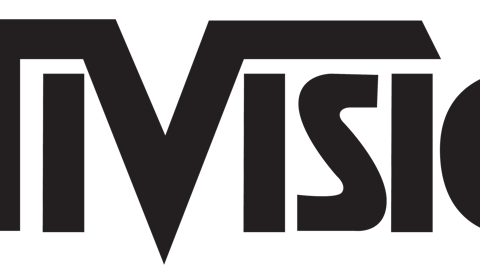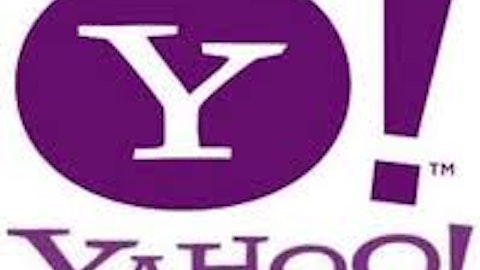
Analysts read between the lines, though, and many came to the conclusion that Microsoft Corporation (NASDAQ:MSFT)’s motives were twofold — to stop infighting, and to try out something that Apple Inc. (NASDAQ:AAPL) has had success with. In truth, the motive no longer matters to Microsoft, and now the question is simply, how will the company benefit from the new structure?
A far-flung parallel
Looking to other big companies that have had big reorganizations — Microsoft Corporation (NASDAQ:MSFT) now employs about 100,000 people — the first one that jumps to my mind isn’t Apple Inc. (NASDAQ:AAPL), it’s The Gap Inc. (NYSE:GPS). Last year, Gap announced that it was moving away from a regional structure, and reforming itself around its brands. There is no longer a head of U.S., or Asia, or Europe, there are simply brand leaders. The point of the move wasn’t to make the company look like some other company, it was to give Gap a structure that aligned with the way its customers thought about it.
As an example, Microsoft Corporation (NASDAQ:MSFT) is now going to have all its operating system flavors — except blue raspberry — run by one function. The operating systems engineering group can now think about the experience in the same way that consumers do. During the Xbox launch, some commenters thought that a solution to the “always connected” requirement could be that the Xbox, Windows Phone, and laptop or tablet operating systems could all talk to each other, giving customers an easier way to check in. With the functions all working together, that kind of thinking is now a real possibility.
The parallel with The Gap Inc. (NYSE:GPS) is that Microsoft Corporation (NASDAQ:MSFT) is trying to make its self-image align to the image that customers have of it. That’s going to be a very good thing, in the long run.
The closer parallel
Back to Apple Inc. (NASDAQ:AAPL). While Microsoft Corporation (NASDAQ:MSFT) may not be trying to mimic Apple’s organization, it must have learned something from that company’s success. Apple has used its alignment to help developers and consumers understand its products in a way that Microsoft has failed to do. One of the successes that Apple has had is that its structure makes it easier for the company to develop products that play together nicely. If you think your iPhone should be able to communicate with your iPad in some specific way, it probably can.
Microsoft Corporation (NASDAQ:MSFT)’s previous divisions made it harder for the company to think about products in that manner. That’s made it harder for consumers to understand the products and, in turn, has meant that sales were pulled down. The reason the Apple Inc. (NASDAQ:AAPL)model works, and the reason that Microsoft is moving to a similar model, is that companies that succeed do so because they understand their customers. An organizational structure that aligns with customers will result in better, more intuitive, and more consistently branded products. That’s a recipe for success.
What this means for Microsoft Corporation (NASDAQ:MSFT) in the long run won’t be clear until a new round of products can be developed under the new structure. In the future, I’ll be looking for a lot more compatibility between products, and a more cohesive brand feel.
The article Making the Business Look Like the Brand originally appeared on Fool.com and is written by Andrew Marder.
Fool contributor Andrew Marder has no position in any stocks mentioned. The Motley Fool recommends Apple. The Motley Fool owns shares of Apple and Microsoft.
Copyright © 1995 – 2013 The Motley Fool, LLC. All rights reserved. The Motley Fool has a disclosure policy.





